Abukuma Cave, Fukushima - Discover Stunning Natural Sculptures!

Journey to Fukushima prefecture’s Abukuma Cave, Japan’s largest limestone cave, and be mesmerized by the naturally formed sculptures that took an amazing 80 million years to form. Try out your caving skills in the exploration course!
The top selected nine limestone caves by the “Stalactite Grottos of Japan Association” include Abukuma Cave in Fukushima prefecture, Ryusendo in Iwate Prefecture, Nippara in Okutama Tokyo, Hida Daishonyudo in Gifu Prefecture, Ryugado in Kochi Prefecture, Shuhodo in Yamaguchi Prefecture, Ryusendo in Kumamoto Prefecture and Nanatsugama in Nagasaki Prefecture.
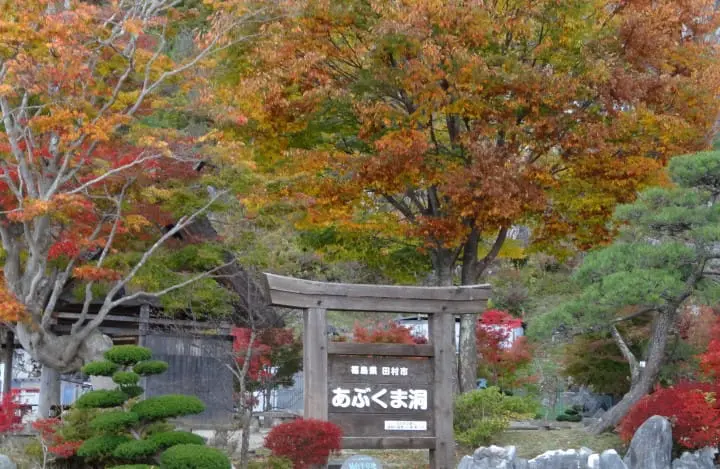
However, the premium and probably the less known to foreign and Japanese tourists is the Abukuma Cave (Abukuma-do in Japanese), which is located in north central Fukushima near the town of Tamura, an area surrounded by mountains.
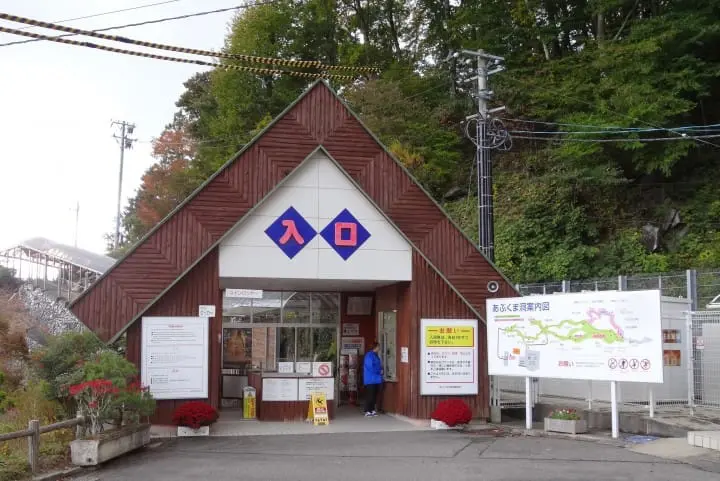
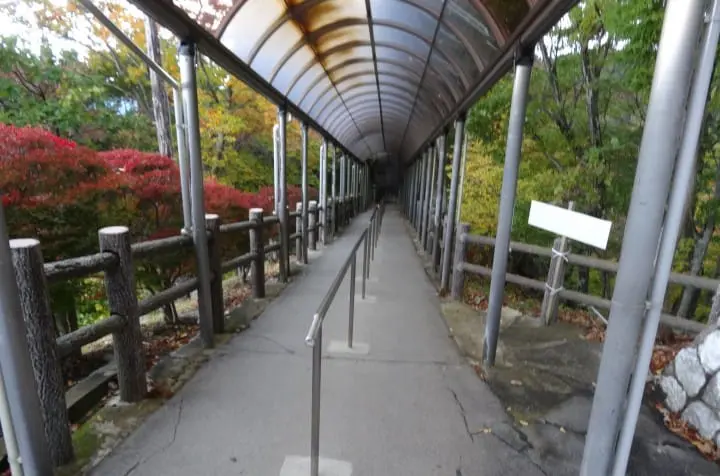
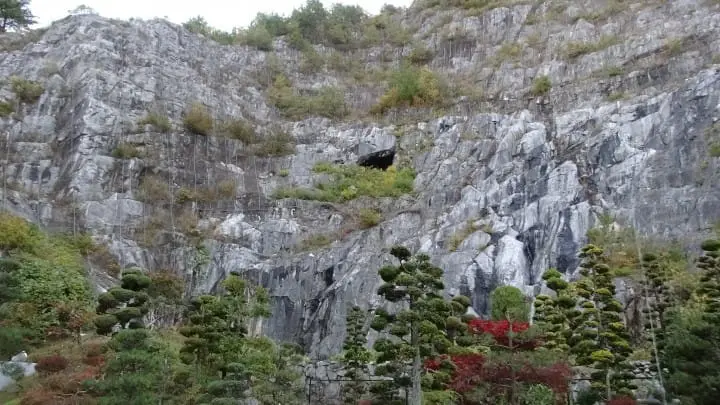
It is not only the largest limestone cave but also has the greatest diversity and largest number of stalactites in Asia. In Japan’s obsession of ranking the top three of everything from views, tunnels, etc. Abukuma is ranked as one of the Three Great Limestone Caves in Japan and a national natural monument. The other two are Ryusendo and Ryugado caves. For those who have never visited a limestone cave, a visit to Abukuma Cave is not only fascinating but highly educational.
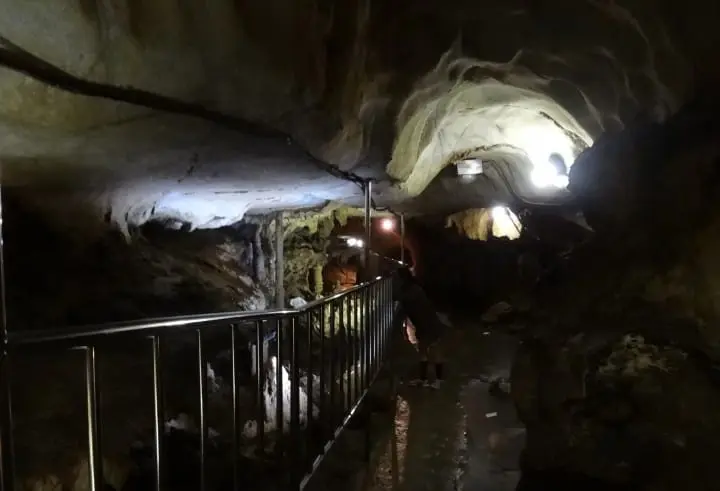
The History of Abukuma Cave
Abukuma Cave was discovered relatively recently in 1969 during limestone mining operations. It was later opened to the public in 1973. Abukuma was originally called “Kamayama” after the name given to the limestone quarry.
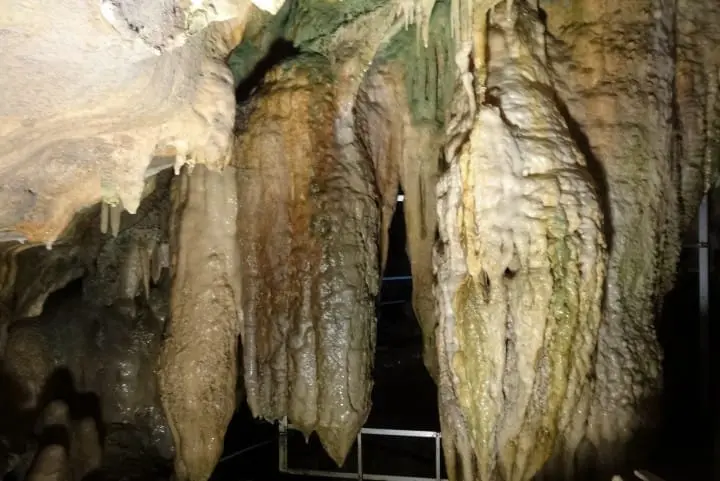
The cave measures some 600 meters (about 2,000 feet) and is divided up into two courses. There are about 2,500 meters of cave that are still not open to the public. As with most caves, the average temperature of Abukuma is roughly 10 degrees Centigrade (50 degrees Fahrenheit). So, maybe the best time to visit is on a hot summer day?
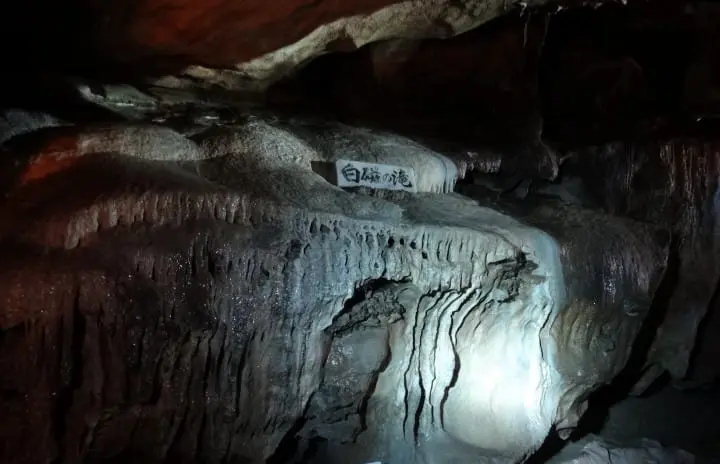
Hajuku no taki (The White Porcelain Falls)
What To Look Out For In A Cave? Some Helpful Notes
To better enjoy your visit and make it a learning experience, it’s always helpful to have a basic understanding of caves and their unusual formations. The brochure given out by Abukuma Tourist Office does not provide much detailed information on the various aspects of the cave and formations. Here are a few informative notes.
Stalactites, Stalagmites and Columns?
Two of the most distinct features of limestone caves that you will encounter are stalactites and stalagmites of varying sizes and shapes. The ones in Abukuma Cave took 80 million years to form.
The easiest way remember the differences between the two types of formations is that stalactites are icicles hanging down from the ceiling and stalagmites are like bamboo shoots rising from the ground. A column is formed when stalactites and stalagmites merge together.
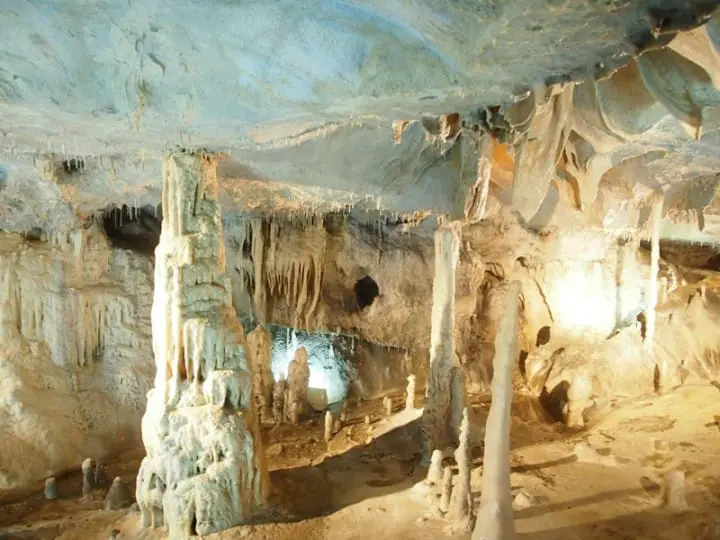
Stalagmites, stalactites and columns in Lunar World
Rainwater and calcium carbonate (the main component in limestone) are the two key requirements. As rainwater percolates down through the ground it becomes acidified and the limestone layers dissolve in the acidic water. The combination of these two elements produces stalactites as the water drips from the cave ceiling.
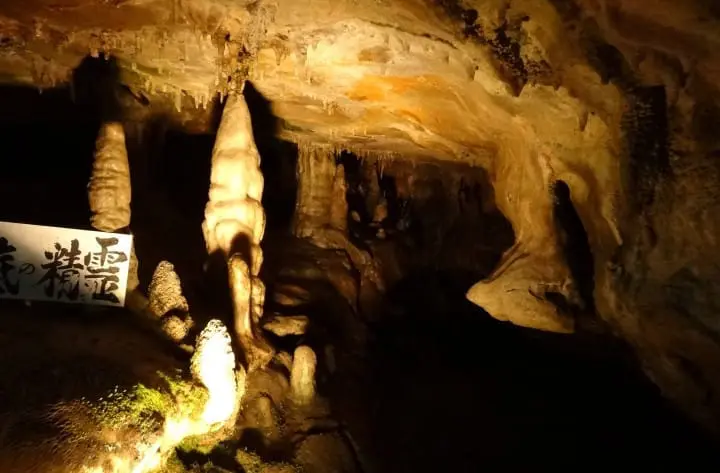
The “Chitei no Seirei” or Underground Souls formation
Formations in the Abukuma Cave
You really don’t need to be thoroughly versed in limestone grottos to enjoy the impressive and stunning natural sculptures of Abukuma Cave. The numerous sculptures formed over millions of years have been given nicknames which are in Japanese, English, Chinese and Korean.
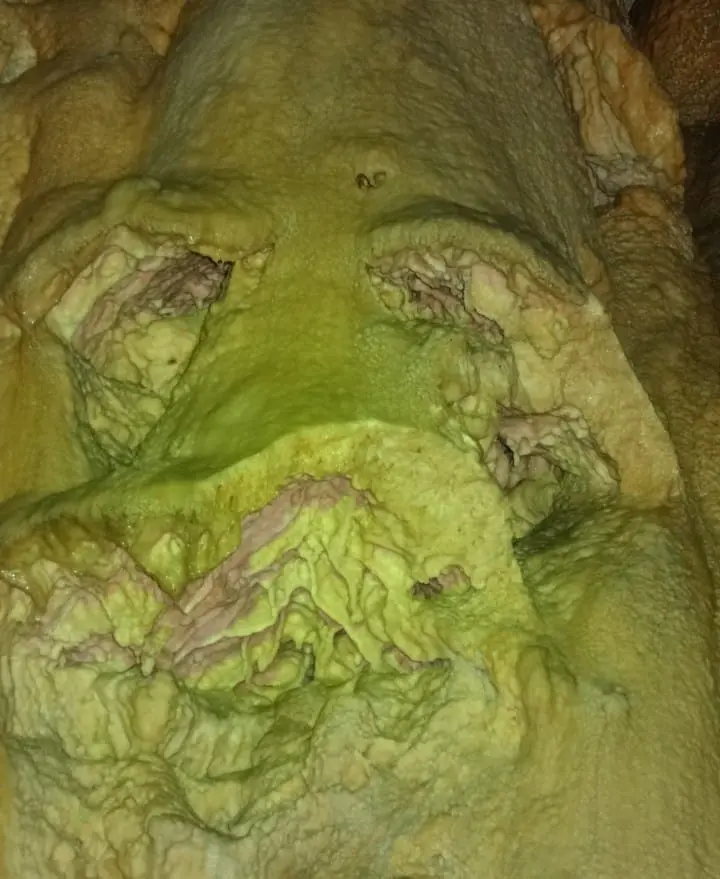
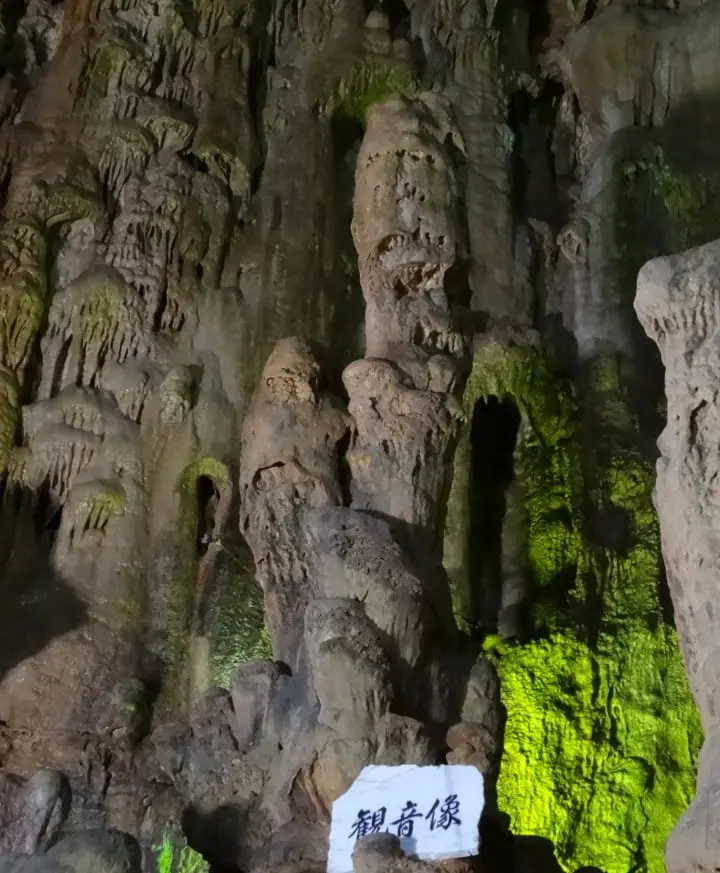
What’s very helpful is that the educational signs describing these sculptures are in multiple languages.
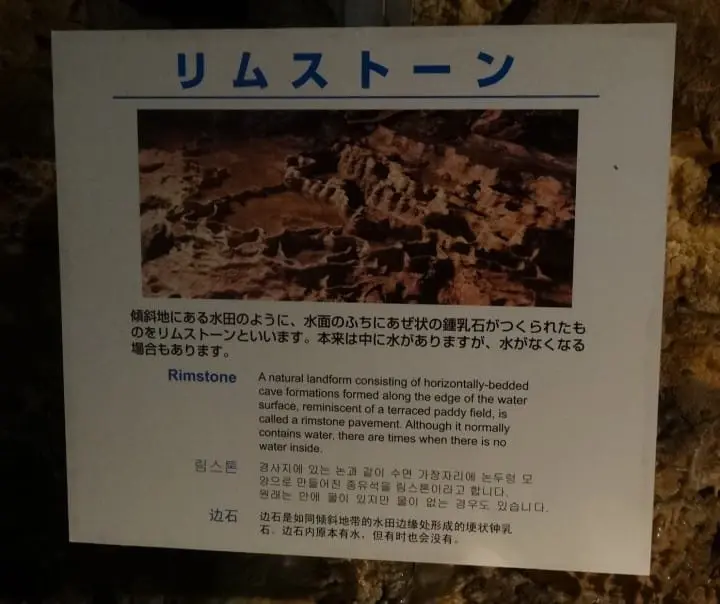
According to the Abukuma Cave Tourist information, there are rare and unique formations that cannot be seen elsewhere in Japan such as the boxwork formations and the “Christmas Tree” (a two-meter high stalagmite claimed to be the largest stalagmite in Asia). Boxwork formations are particularly unusual and refer to honeycomb or box-like pattern of the formation and Abukuma is the only cave where the public can view this formation.
There’s also a formation that sort of reminds one of terraced rice fields called the Rimstone land formation.
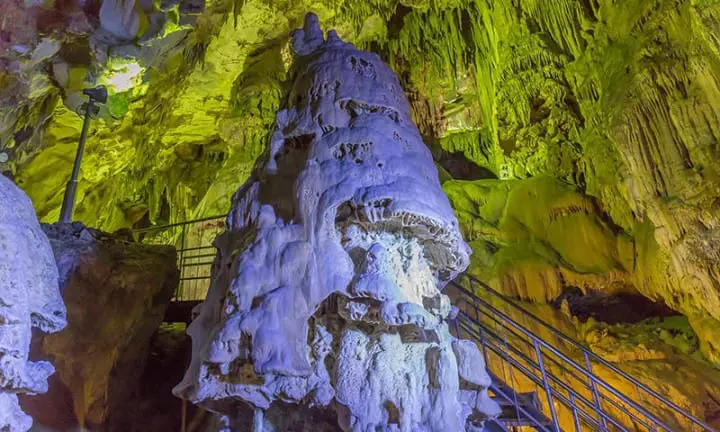
The “Christmas Tree” Stalagmite Sculpture
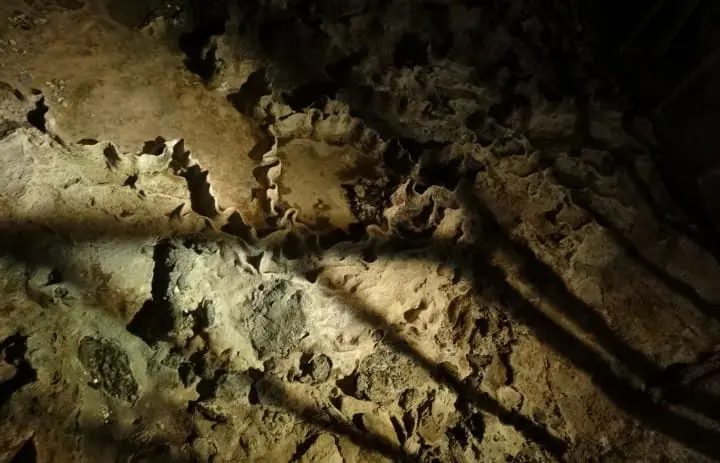
The Rimstone land formation
While you progress through the cave you’ll encounter one highlight after another, but the “Takine Goten” (Takine Cathedral) is far and away the cave’s highpoint.
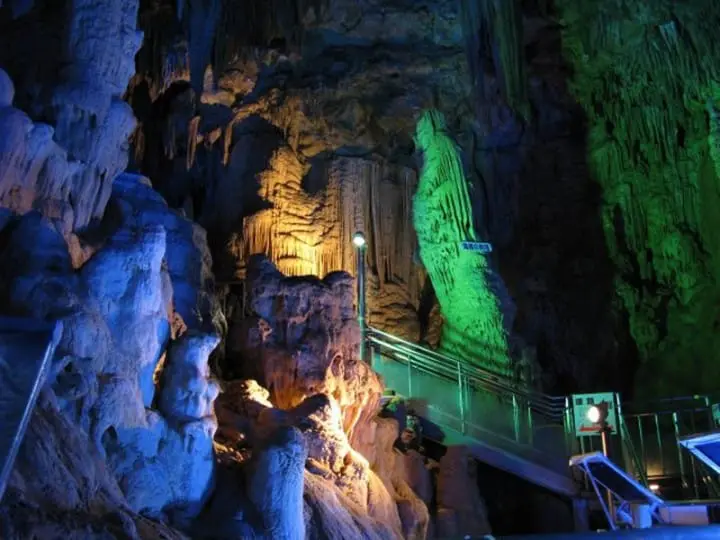
Takine Goten is the largest hall of the cave and what really makes the hall even more impressive is the well thought-out colorful lighting (which you’ll see throughout the cave) that truly enhances the beauty of this specular hall.
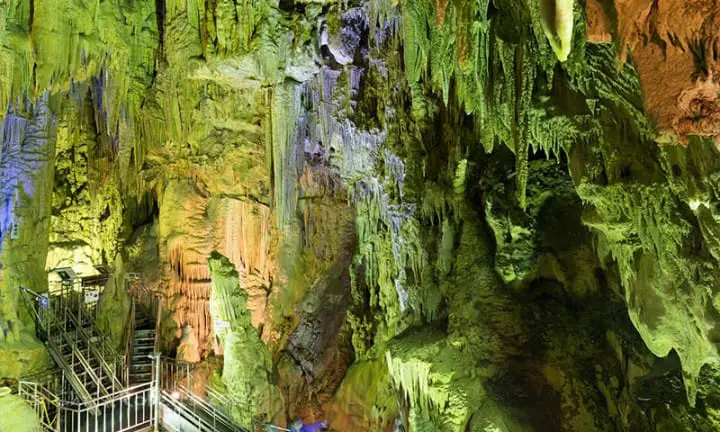
Takine Cathedral
Prior to visiting, check the Abukuma website to see if any music performances are scheduled to be held in the Takine Goten.
Cave Exploration Courses at Abukuma
Abukuma Cave has two courses one can select: the main course and the exploration course.
Main Course: The 600-meter main course will take about an hour (there’s no time limit and you can spend there as much time as you wish). The well-maintained course is very accessible and has several platforms for viewing the countless formations. Don’t miss the “Lunar World”, a fantasy land where you can observe Abukuma’s major stalactites formations and experience the illusion of sunrise and sunset with the unique light dimming system installed.
Exploration Course: The 120-meter optional exploration course costs additional 200 yen. It branches off from the main course and will eventually link up with the main course at Takine Goten.
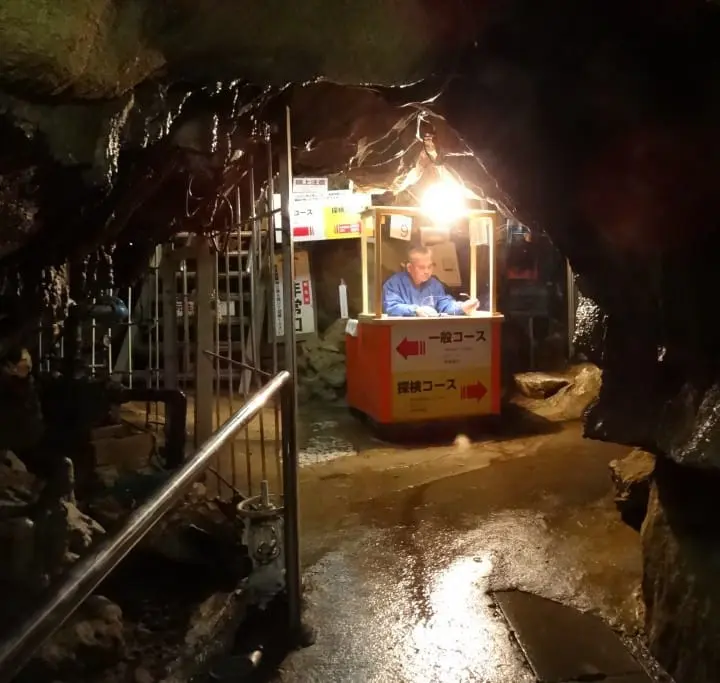
Entrance to the exploration course
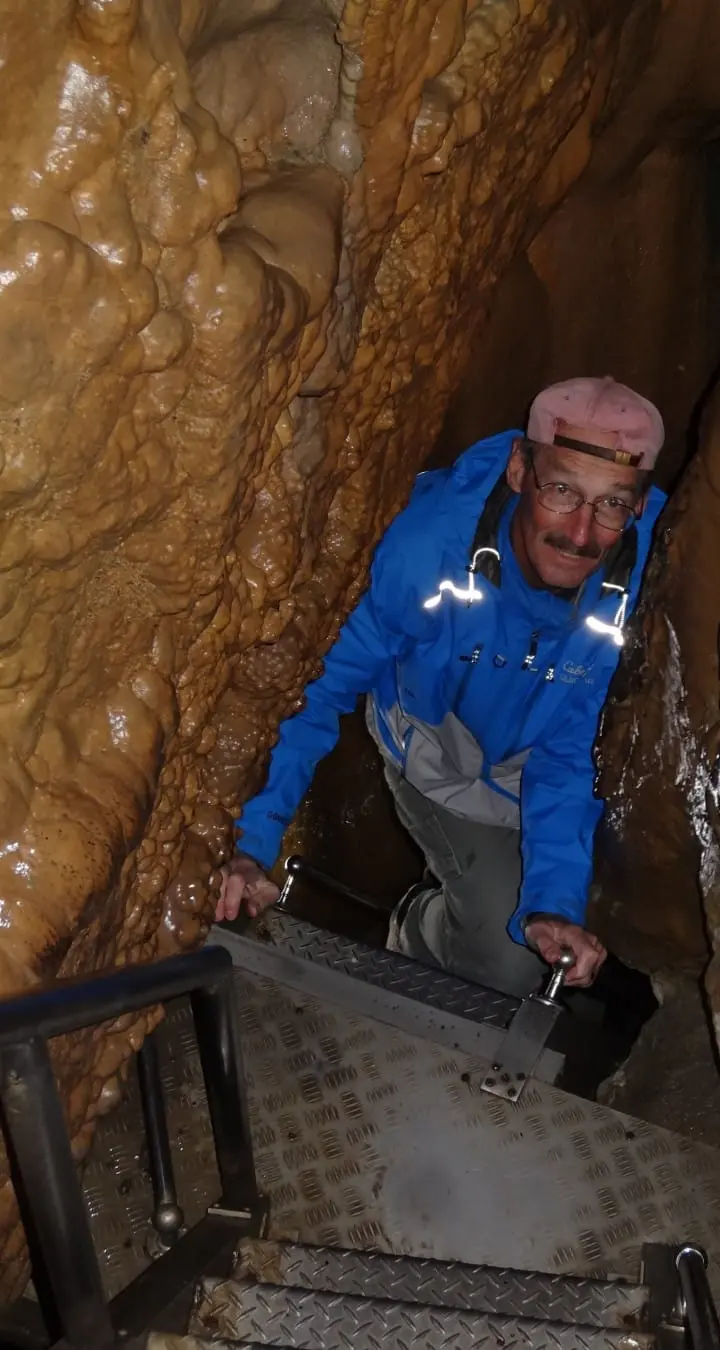
Narrow ladder on the exploration course
You will need to slightly back track on the main course to see some formations you missed by taking the exploration course. No matter what course you take there is only one entrance and exit and the courses are well marked.
If you consider taking the more challenging exploration course be aware that there are some extremely tight spots to squeeze through and narrow, steep ladders to climb.
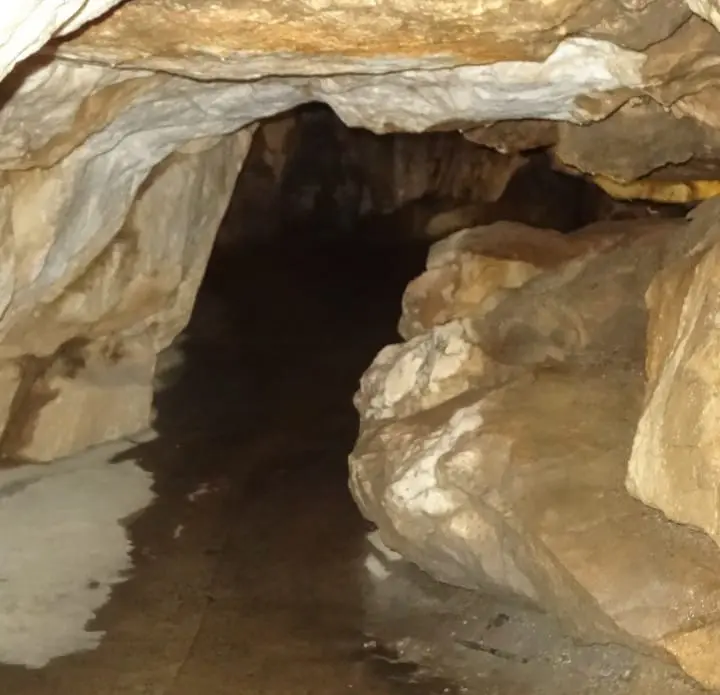
However, this course does have formations and an underground stream you’ll miss if you stick to the main course. At the entrance to the exploration course is the “Senshin Pond” produced by underground water.
Bearing in mind the cave temperature and the slippery footing due to dripping water in some areas, you need a light jacket, cap, and suitable footwear.
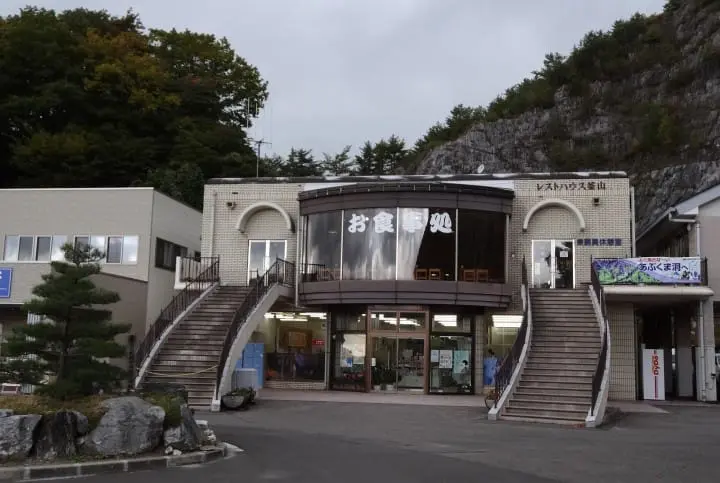
Kamayama Rest House and Souvenir Shop
Located outside is the Tourist Information Center, Kamayama Rest House with a restaurant and a souvenir shop where you can purchase a variety of local goods such as wine, water, and coffee made with Abukuma natural spring water.
In Conclusion
A visit to Abukuma Cave will most surely be a unique experience, allowing you to explore a mesmerizing underground world. Do try to include it in your itinerary when traveling to Fukushima.












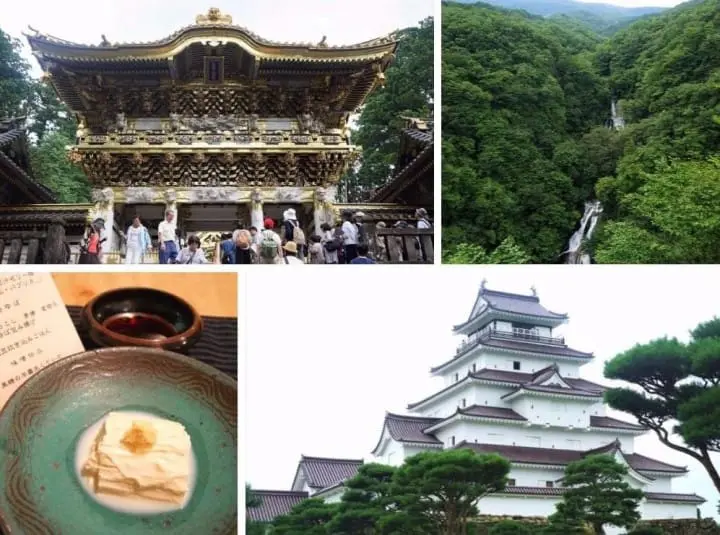



























![[Coupon Available] Attention Overseas Winter Sports Fans! Nagano's Sports Depot Has Evolved](https://resources.matcha-jp.com/resize/720x2000/2026/01/05-254819.webp)
![[2 hours from Tokyo ] 10 Quiet and Breathtaking Views of Mount Fuji in Yamanashi Hokuto City , Yamanashi - Part 2](https://resources.matcha-jp.com/resize/720x2000/2025/12/16-253037.webp)

![[Reopening in March 2026] Ikoma Sanjo Amusement Park Park, 45 minutes from Osaka , with free admission](https://resources.matcha-jp.com/resize/720x2000/2024/08/28-194409.webp)